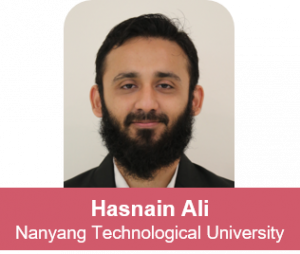|
The present-day airport transportation system is reaching its operational limits and to accommodate growing traffic needs, will be challenging for airports, airlines, and air navigation service providers. An airport is a complex system that operates on the edge of chaos and exhibits emergent behaviour under congestion conditions. These phenomena, owing to feedback loops, lead to inbuilt amplification and uncertainty that cannot be managed by traditional mathematical models. To manage increased airport traffic complexity, we need data-driven and machine-learned models that can aid human decision making in an inherently uncertain airport environment. Moving away from the traditional rule-based and model-dependent control algorithms, Hasnain aims to manage the airport taxiway congestion problem by adopting intelligent pushbacks and real-time routing through a Multi Agent Reinforcement Learning (MARL) framework. In this novel approach, departure aircraft are seen as decentralised agents which are trained not only to optimize individual aircraft travel trajectory, but to also collaborate for reducing airport-wide congestion while meeting operational constraints. Empirical results using operational data have revealed that these agents can, in fact, learn an effective policy to contain congestion by regulating the spatio-temporal evolution of airside traffic. Benefits of approximately 25% reduction in taxi delays have been achieved in a simulated airport environment while meeting flight schedule constraints. This has the potential to reduce airport emissions and carbon footprints. Once the efficacy of data-driven and learning-based traffic control approaches are proven in an actual airport environment, this will pave the path for autonomous airport airside operations. Moreover, the developed algorithms can be adapted to solve other similar transportation and logistical problems that require intelligent decision making to satisfy competing demands of multiple stakeholders with limited information.
Click on the video below to view a presentation on the research project!
Video Player 00:00 00:00 |


